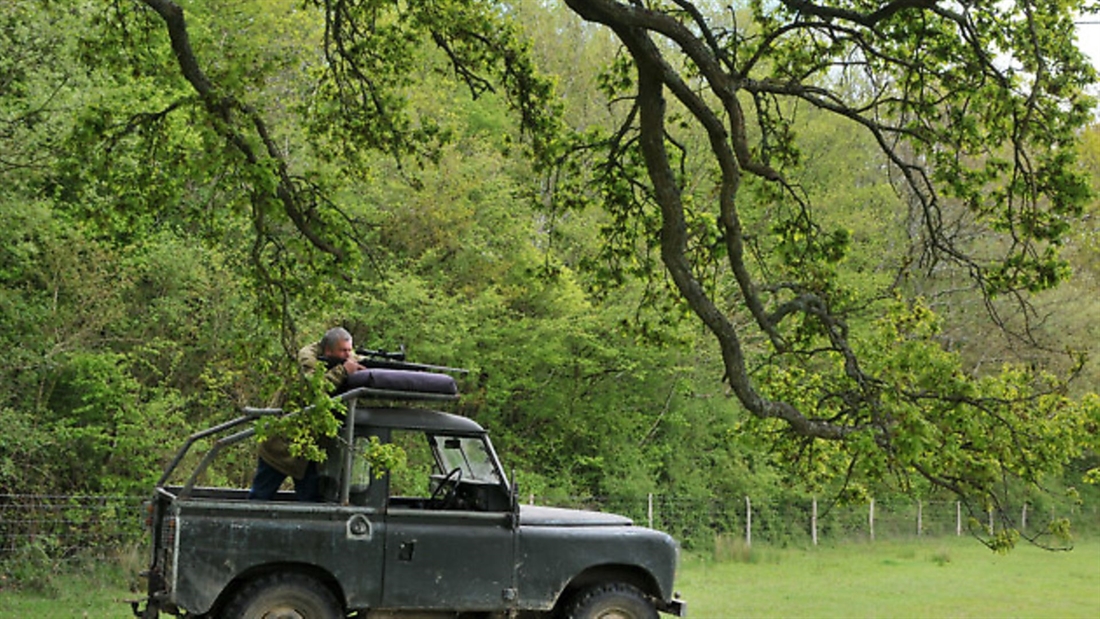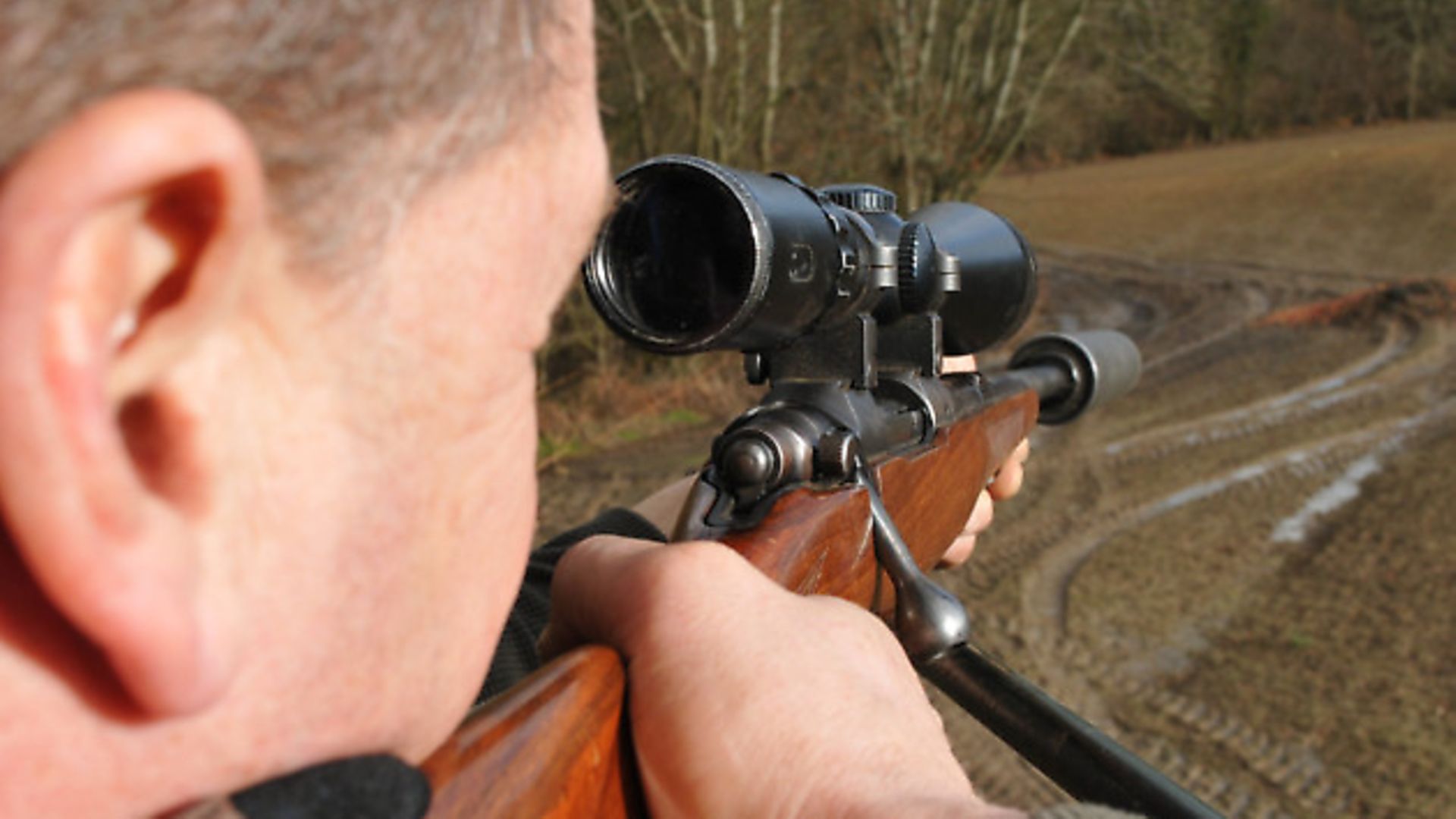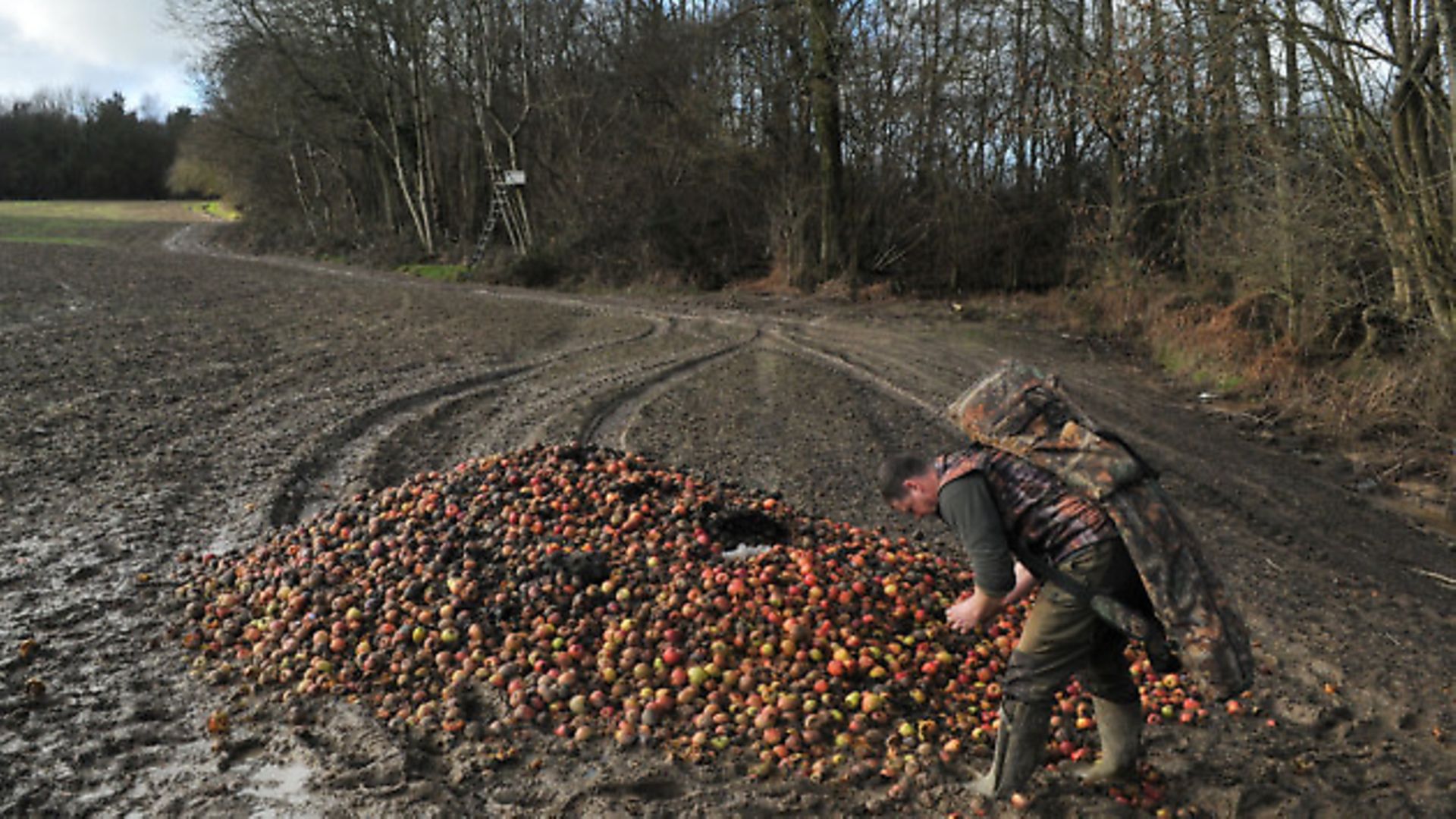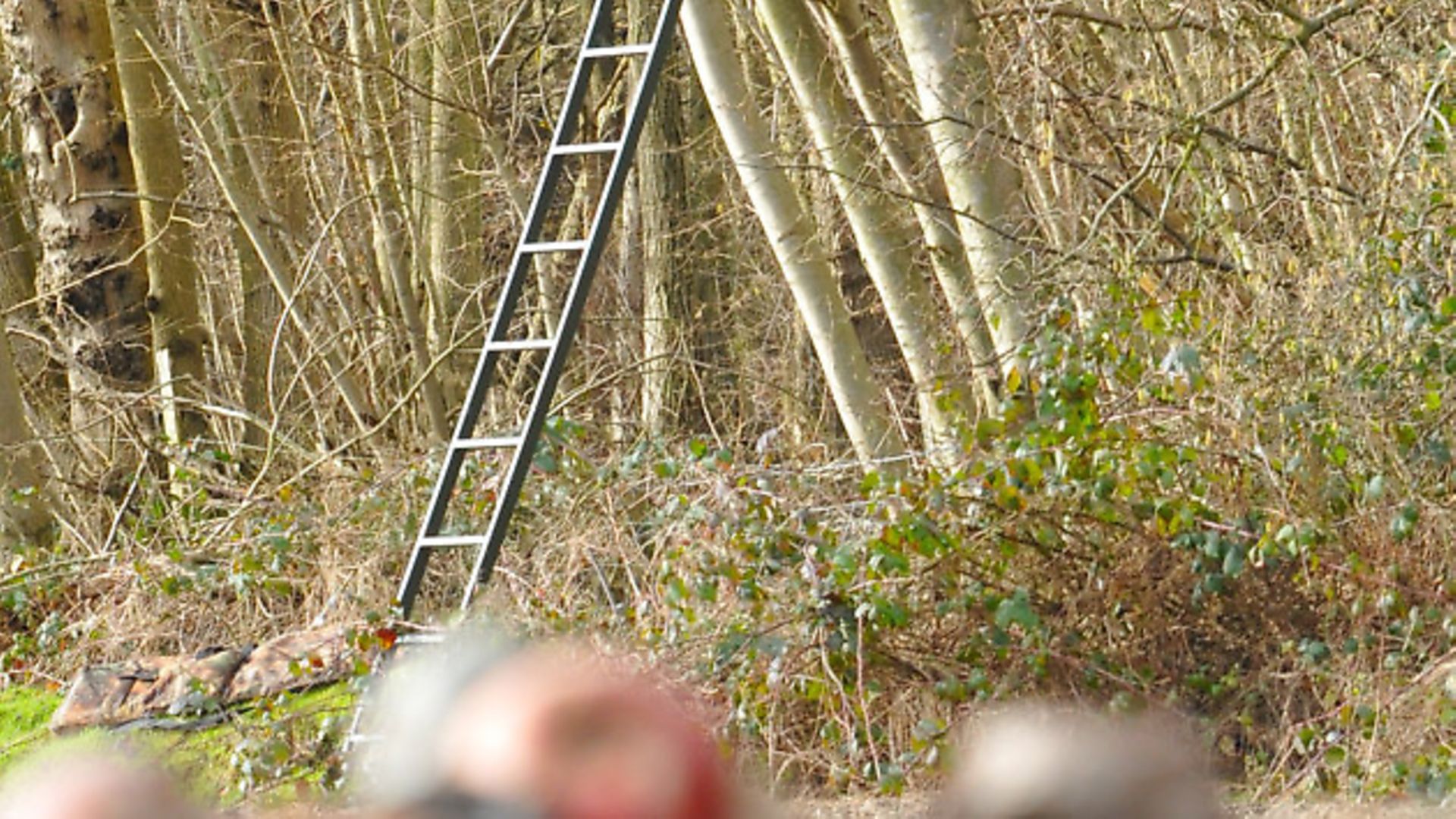Expectation management

Deer stalking can provide wonderful sport – but there are times when management becomes more important than recreation
It is wrong, in my view, to think of deer as vermin, but where population densities are very high, they can have catastrophic impacts on the local area – and be incredibly bad news for farmers operating on tight margins. And that is where even the recreational stalker has to think about management.
One of my first ever stalking permissions was on a tiny eight-acre orchard that produced organic apples for eating and juicing. The landowner was of retirement age but loved his trees and it was a passion as much as a career by this point.
However, the old fella had a big problem. His land was surrounded on three sides by woodland. Woodland that housed a substantial fallow population and was owned by people who liked seeing deer and would not sanction culling of any description.
As a result it was not uncommon for him to get up of a morning to make breakfast, throw open the curtains and see 20-30 animals bent on the destruction of his crop. By the time my mate and I were called in the trees were hung with CDs and a mish-mash of wire and electric fencing made accessing the ground on foot a total obstacle course. But somehow the deer always made it through!
The most effective ploy was to use fallen apples as bait. We lugged them over to a small, adjoining rough field where there was easy entry for the deer and plenty of cover. After a week or so we arrived under cover of darkness and with lights off, drove the Land Rover to a line of poplars and climbed in the back.
As dawn broke our mobile high seat afforded a safe shot to the ‘bait station’ and sure enough our fallow were there. Three shots, three deer, home in time for breakfast. Not stalking – just population control for a hard-pressed farmer who was thrilled at the prospect of dining on deer for free rather than the other way round! A couple more outings like this were enough to keep the deer away. For a while, at any rate.
I am reminded of this scenario as this fallow season comes to a close. I have enjoyed many an evening stroll around Andy Crow’s farm after deer. I would say a success rate of around one deer every couple of outings is pretty good for the land I shoot. I enjoy time on the ground or in the high seat on the increasingly rare times I get out and if I don’t get lucky, I generally don’t mind.
But I do worry that Andy might. After all, I’m there to do a job for him and although his lad is almost as keen on chasing deer as he is girls, I’m aware that every one I get is one less to munch its way through his livelihood. His usual question when I return to the yard is: “How many did you get?” With wheat prices at around £200 per tonne and bearing in mind that Andy has been forced to write of whole fields of wheat in the past due to deer damage, his concern in understandable.
With the does going out of season at the end of March and bucks by the end of April, there is a bit of pressure to ensure numbers are knocked back before the breeding season commences. So with that in mind, Andy has taken delivery of a couple of tonnes of old apples from a mate of his who wanted shot of them, and has tipped the apples close to one of his high seats.
It’s a high seat I have always done quite well from. It backs on to a large chunk of woodland and lies in low ground providing shelter from the wind and also from prying eyes. There is usually a game cover planted on the fringes of the wood that is popular with the roe deer, too.
This last blast of winter can be a trying time for all wildlife. The game shoots have stopped their feeding, the tender new growths of spring are a little way from full charge and the weather is still capable of turning nasty.
The introduction of an easy food source – especially one with as potent a pong as a pile of fermenting fruit – is soon investigated. After only a few days there are plenty of signs around the heap. Deer – but also birds and badgers – are keen to fill the ‘hungry gap’ with these unexpected free offerings.
Speaking to Cervus UK’s Owen Beardsmore provided an interesting insight to fallow behaviour. I have found them to be almost totally nocturnal in areas where they are pressured by stalkers. But his extensive use of trail cameras has shown that frequently they will become active again after ‘peak’ hunting hours, avoiding the dawn and dusk altogether.
I have also had success with fallow in the daytime where they seek out secluded spots to enjoy a bit of sunbathing between feeding bouts.
We will be monitoring this site to see if the same applies here. Learning the routines of the resident population will hopefully make us more efficient in targeting the animals. Of course, for the majority of us who stalk recreationally, dawn and dusk are often the only times available to us as we have to fit our shooting around work. But if you know deer are using the site regularly at a particular time, it might make you at least consider a change of approach.
Next time I head to Andy’s it will be with rifle as well as camera – and instead of heading off back to the office after photographic duties, it will be another vigil with rifle and binos, hoping to account for a deer or two.
I do look forward to the longer evenings and the lazy walks around the farm with my rifle on my shoulder. Of ditching the winter coat for something lighter and doing some ‘proper’ stalking. But I also understand that in order to enjoy that, a job needs to be done from time to time. And that time is now.
By Dom Holtam








